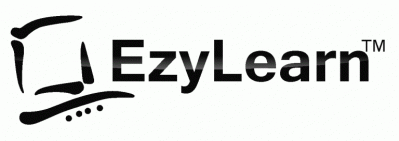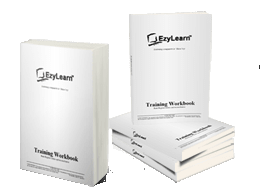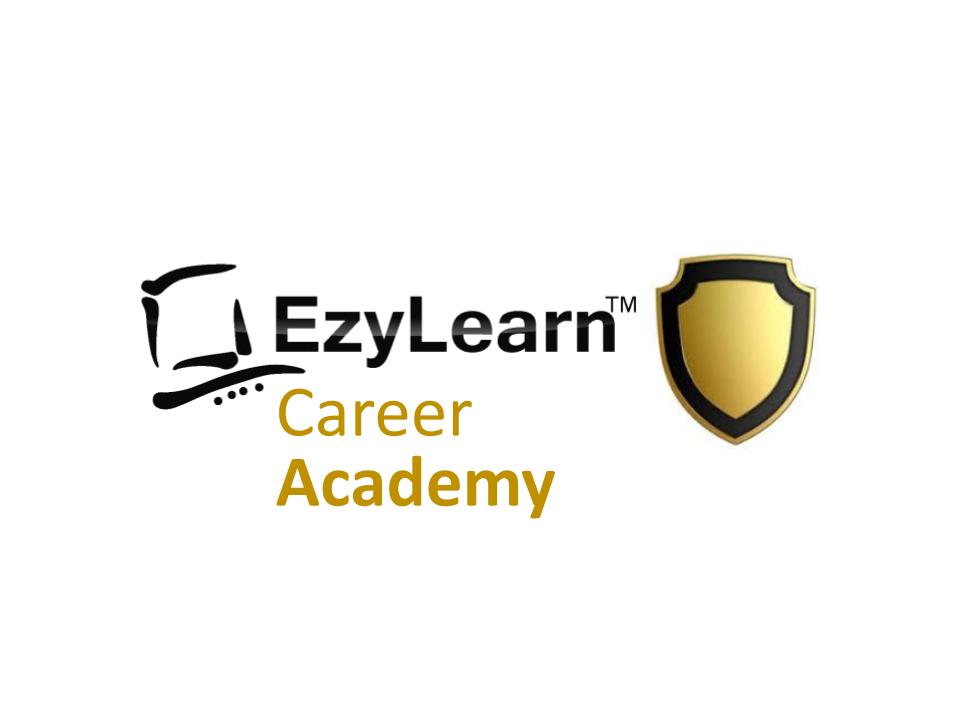Breaking News & Updates
Xero’s financial report reveals BIG loss but share price pop. - eepurl.com/isNmKQ
We use a combination of training videos, workbooks with exercises and knowledge reviews to test your skills. The case study in our Day-to-Day Transactions Course – Products & Services Business course covers the scenario of a company that provides VoIP telephone systems to small businesses. We’ve trained thousands of students how to use MYOB using this course and since Xero introduced their inventory module we’ve now created a version of this course for Xero accounting software.
 Read on to discover the topics that are covered.
Read on to discover the topics that are covered.
This Day-to-Day Transactions Course – Products & Services Business Training workbook is ideal for any organisation which provides products and services surrounding those products.
Modules
This course covers the following modules:
- Purchases
- Inventory
- Sales
- Cards
- Banking
We start the process by performing a simple purchase (using the service layout) and payment for office cleaning services and then delve into purchases of inventory items. Before we purchase inventory items we need to create them and enter the information that will later be used to not only buy them wholesale, but also sell them to our customers.
Inventory Items
 Our case study involves the purchase of Cisco IP phones that are used in a typical VoIP telephone solution. We enter the product information as well as the wholesale cost and retail sales price plus these accounts in the accounts list:
Our case study involves the purchase of Cisco IP phones that are used in a typical VoIP telephone solution. We enter the product information as well as the wholesale cost and retail sales price plus these accounts in the accounts list:
- Cost of Sales Accounts (to keep track of our product costs)
- Income Account for tracking sales, and
- Asset Account for tracking inventory assets
Item and Service purchase and invoice layouts
All this extra information is captured because item purchase and invoice layouts enable you to use a simple product code which then allocates all the other information where it needs to go. It’s a little more complex to set up but saves a lot of time and accuracy in the day to day operations of your accounting file.
We use the Item layout for both the purchase and sales side so we then package our service offerings (setup, installation, configuration etc) as inventory items so that they can be included easily on an Item invoice. The other benefit of this is that we can use the inventory item reporting features to find out exactly how much revenue the company generates for products and services.
Reporting
 Although we don’t go into reporting in great detail in this course it is an important time to consider how you want your reports to be generated and what you want them to show.
Although we don’t go into reporting in great detail in this course it is an important time to consider how you want your reports to be generated and what you want them to show.
Just because we use the Item invoice layout doesn’t mean that we can’t include services on the invoice, it just means we display services in categories and can then use the sophisticated MYOB inventory and sales reporting to get some excellent information about the performance of the business.
Customer and Supplier cards
After creating our inventory items we create supplier cards and then purchases of our inventory items. At this stage you can allocate default settings for each card, like:
- Purchase layout
- Expense Account
- Purchase Memo and Comments
- Supplier Terms, and more
Purchases
The wholesale supplier provides us with ex-GST prices in their price list so we ensure that MYOB is setup for us to enter these purchases using the ex-GST price. MYOB also enables us to keep track of the entire purchase process of:
- Quote
- Order Items
- Receive Items
- Bill
After the Purchase Order is placed we look at the data entry process of receiving items when they physically arrive in our warehouse, linking this arrival of stock to the Trade Creditors account. In MYOB this process is part of the Purchases Linked Accounts so it happens automatically. Remember that it’s not until we physically receive goods that we owe the money for them.
It’s quite normal in real life that not all inventory items arrive at the same time so we go through this scenario of receiving some items and having the remainder placed on back order and explore the purchase register for evidence of purchases with different statuses like:
- Open
- Order
- Closed
Once you have supplier invoices you have accounts payable and we explore how to pay for these invoices using the Pay Bills module. We explore full and part payments as well as accounts payable reports, vendor payment terms, and ageing periods.
Sales
The first part of the sales process is to offer your products and services for sale and where a full solution of products and services is required the first step is usually to provide the prospective customer with a quotation – MYOB enables you to do that. What is so fantastic about that? You only need to enter the quotation once into MYOB and then send it to your prospect, when the order is placed the quote can very quickly be converted to an order and then to an invoice – we take you through those steps in a practical exercise.
This is much faster and easier than providing a quote in Word or Excel and then having to re-enter all the data into MYOB for invoicing.
When a company sells its products and services the important process of debt collection begins almost immediately. Every invoice goes out with the selling terms indicated and can include:
- Prepaid
- COD
- Nett 7
- 7 Days after end of month (EOM) etc
- System wide default
- Customer level
- Transaction level
Linking with Microsoft Office
 This course takes you through payment terms, accounts receivable reports (showing ageing periods) and the sending of monthly statements, but even after the monthly statement is sent a company can experience difficulty receiving payments from customers and need to resort to active chasing-up of money owed.
This course takes you through payment terms, accounts receivable reports (showing ageing periods) and the sending of monthly statements, but even after the monthly statement is sent a company can experience difficulty receiving payments from customers and need to resort to active chasing-up of money owed.MYOB provides many Word templates relating to various bookkeeping activities. We show you where to find these files so you can open them in Microsoft Word and customise them for your own business.
Creating and Applying Credits
In the event that extra products where supplied or the installation took half the time expected you may want to credit your customer. The course shows you how to create a credit and apply it to the invoice where it should be applied to or a new invoice.
Receiving Payments and Banking
 Payments can be received in one large transactions or bit-by-bit and MYOB helps you keep track of every single payment. The course takes you through several different scenarios including the use of the Deposit Slip feature in the Banking module.
Payments can be received in one large transactions or bit-by-bit and MYOB helps you keep track of every single payment. The course takes you through several different scenarios including the use of the Deposit Slip feature in the Banking module.
We introduce the concept of different asset accounts apart from just your bank account. If you want to get into the nitty gritty of bookkeeping you need to create an asset account for every step of the movement of cash. These asset accounts include:
- Accounts Receivable (money owed to you)
- Undeposited Funds (money you have that is yet to be banked)
- Bank Account (cash you have)
We cover the process of receiving payments into the Undeposited Funds account and then using MYOB Bank Deposits to then move these funds into the bank account on the day they are deposited. This step appears onerous on first look, but we include it because it helps reduce a lot of time in the bank reconciliation process where all you see is deposits into your bank account.
This concept is also used when you use payment services like PayPal and Direct Debit.
Cash-based and Accrual Accounting
The MYOB Day-to-Day Transaction course is designed to give you skills relating to cash-based accounting as well as accrual accounting. The difference is that cash-based accounting relates to only money you have in your bank account and money you have spent. Accrual accounting is based on money that is owed to you and that you owe even though it may not be in the company bank account at time of reporting.
What’s next?
Do just this course and get a certificate
If you want enough MYOB bookkeeping skills to perform Day-to-Day data entry transactions for an employer or your own business then enrol into this course and receive a certificate of completion. This will enable you to progress from the shoe box business and allow all other bookkeeping transactions like Bank Recs, Reporting and BAS and End of Year activities to be completed much faster.
Do you want more than just Day-to-Day?
Once you have these fundamental MYOB data entry skills you can learn about Bank Reconciliation which is normally performed at the end of each month. A bank reconciliation often involves extra entries like direct deposits and payments as well as accounting transactions and journal entries. Once reconciled correctly, performance and financial reports can be generated and compliance tasks like the Business Activity Statement can be completed.
See the full Course Outline Enrol Now








